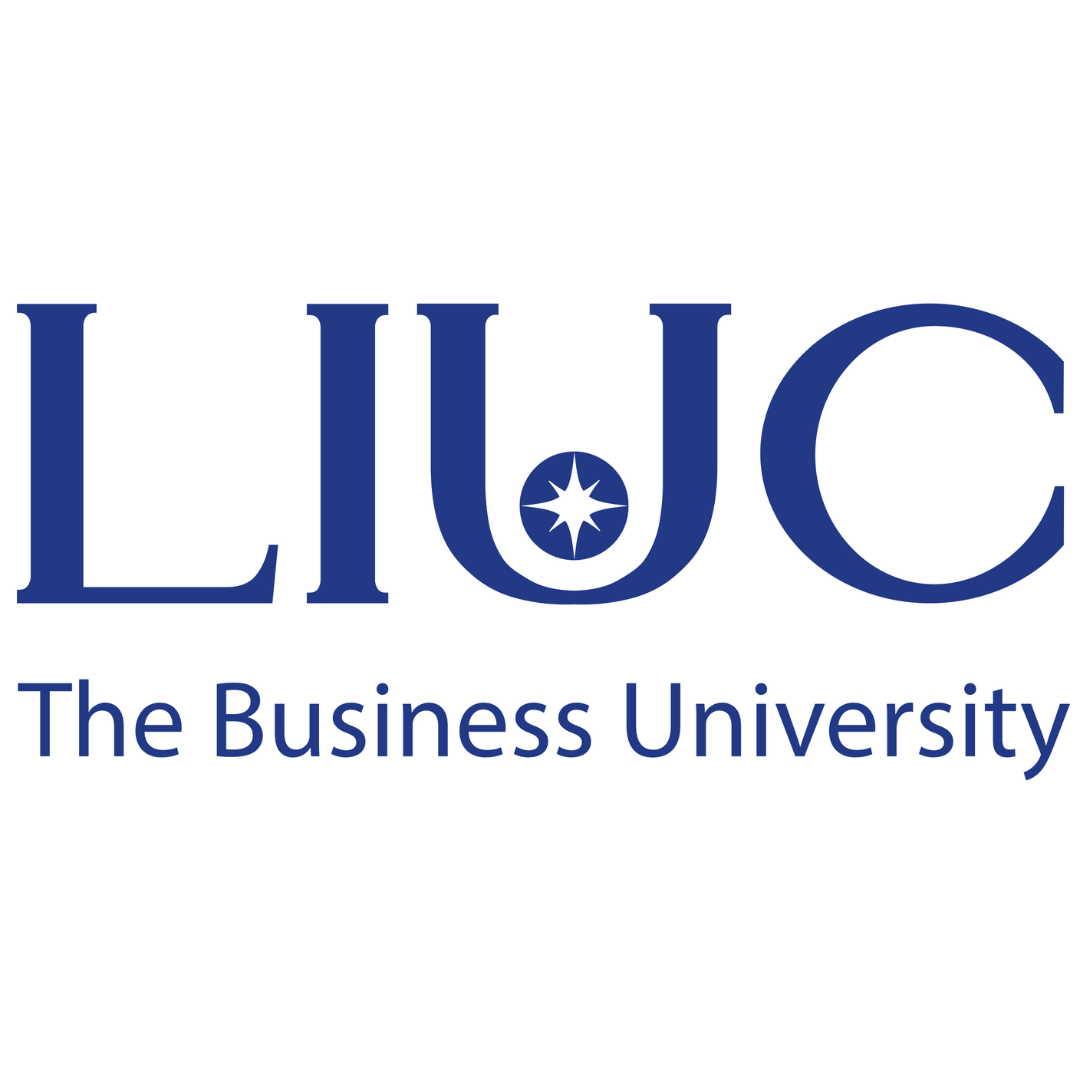📖Program Curriculum
Course modules
Compulsory modules
All the modules in the following list need to be taken as part of this course.
Environmental Risks: Hazard, Assessment and Management
Module Leader
Dr Simon Jude
Aim
Over the past decade environmental regulators and the public have aimed to improve the quality of environmental management by basing choices on reliable data and assessment. However risk analysts often develop their competencies from their specific profession, for which the requirements can vary across industries, government bodies and geographical boarders.
This module aims to provide a transdisciplinary understanding of the theory and practice of effective management of all phases of environmental hazards. The module covers key topics including conceptual model development, probability, risk characterisation, and informatics. In doing so, this module aims to provide you with the capability and capacity to assess the wide range of increasingly complex risks and hazards facing organisations, policymakers and regulators.
Syllabus
Current legislation for environment (water, air and land) protection and pollution control.
Qualitative, quantitative and probabilistic risk analysis tools.
Systemic risks.
Problem definition and conceptual models.
Spatial analysis and informatics
Risk screening and prioritisation.
Assembling strength and weight of evidence.
Evaluating and communicating sources of uncertainty.
Intended learning outcomes
On successful completion of this module you should be able to:
Identify, analyse and evaluate the wide range of environmental risks within the UK (e.g. animal disease, chemical spills, high winds, flooding) and be able to identify and apply appropriate methods of assessing these risks.
Critically evaluate the decision process underpinning the management of such risks and provide justification for the prioritisation and application of different risk management actions.
Examine and interpret the relationship between risk, social, economic, political and technological trends and be able to provide appropriate suggestions for communication of assessment and management of environmental risks related to the influencing factors.
Analyse and explain the possible consequences in a given situation where environmental risks will occur and their likely impacts on a population and the potential secondary impacts.
Review, critique and suggest improvements for other risk assessment and management methodologies within the given scenarios.
Modelling Environmental Processes
Module Leader
Dr Imma Bortone
Aim
An introduction to the full suite of environmental models and modelling methods that are currently used to describe and predict environmental processes and outcomes. The objective of this module is to give an overview of the different types of models currently being used to describe environmental processes and how they are being applied in practice. The module will offer you the opportunity to strengthen your analytical abilities with a specific mathematical emphasis, including programming and modelling, which are key skills to launch future careers in science, engineering and technology. In addition, throughout various interactive learning events, your social skills will be intensively trained.
Syllabus
Introduction to the wide range of applications of numerical models in environmental sciences. Lectures will cover examples of models applied in climate, soil, water, natural ecosystems and atmosphere and others.
Overview of the types of models applied; mechanistic, semi-empirical and empirical models. Why these different forms exist, their strengths and weaknesses. How they are applied?
Introduction to systems analysis. Overview of the basic concepts and how this relates to model design.
Introduction to numerical solutions and empirical solutions to model parameterisation and calibration.
Identifying what makes models powerful. Predictions, Scenario and Sensitivity testing.
Recognising limits and uncertainties; validating the model. Recognising the importance of good data.
Practical applications of environmental models. How this is done, in what programming language?
Intended learning outcomes
On successful completion of this module you should be able to:
Identify and evaluate the standard types of numerical models in use in environmental sciences (including soil, water, ecosystems and atmosphere).
Formulate the generic process of model design, building, calibration and validation. Recognise some of the uncertainties introduced in this process.
Assess the model building process in the context of the system under consideration.
Construct a model of environmental processes and modify it into a user friendly environment.
Evaluate the impact and relevancy of environmental models to policy and scientific discourse.
Pollution Prevention and Remediation Technologies
Module Leader
Professor Frederic Coulon
Aim
The module introduces the extent and consequences of pollution in the environment, identifies and evaluates technologies for prevention and remediation and exposes you to using decision support tool and modelling to deal with pollution prevention and remediation.
Syllabus
Environmental pollution and prevention technology.
Contaminated land issues and market size.
Soil and groundwater remediation technologies.
Sustainable remediation practices.
Monitoring and modelling contaminants.
Hazard appraisal and risk assessment.
Decision support tools.
Intended learning outcomes
On successful completion of this module you should be able to:
Define and discuss the key issues related to environmental pollution prevention and remediation.
Critically appraise the range of remediation technologies for soil and groundwater.
Appraise the key indicators for sustainable remediation approach.
Select and evaluate accepted decision tools to assess remediation performance and end-points.
Waste Management in a Circular Economy: Reuse, Recycle, Recover and Dispose
Module Leader
Professor Frederic Coulon
Aim
The aim of this module is to provide specialist understanding of the major processes used for municipal waste management and their role within an integrated – circular - waste management system. In particular the module will focus on the bottom three points of the waste hierarchy: recycle, recover and dispose.
Syllabus
Integrated waste management: appraisal of national and international legislation and policy.
Circular economy in the waste context.
Waste properties and characterisation. Mechanical biological treatment, pre-treatment, biodegradable wastes, coupled technologies, technology performance and managing environmental impacts.
Landfill: biochemistry, leachate and gas production.
Biowaste technologies: composting, AD and other biorefinery processes.
Thermal treatment: incineration, gasification, pyrolysis, combined heat and power, waste to energy, solid recovered fuel.
Intended learning outcomes
On successful completion of this module you should be able to:
Appraise the role of waste treatment technologies under the circular management agenda - drivers, selection, pre-requisites requirements, waste types treated.
Apply the concepts and principles of the biological processes for treating organic waste to the waste degradation context and evaluate and calculate energy potential.
Explain why landfill gas (LFG) is treated and how to control, collect and treat the gas. Appraise the parameters contributing to LFG production and composition, the risks and production controls and calculate their potential impact.
Critically assess specific waste/feedstock treatment processes involved into a circular economy (e.g. MBT, AD, biorefinery).
Apply the concept and principle of waste management into a circular economy.
Land Engineering Principles and Practices
Module Leader
Dr Lynda Deeks
Aim
Natural landscapes and built environments can be engineered to optimise the goods and services delivered to society, including provision of natural resources and the regulation of water and carbon. Technologies that prevent and/or reverse land degradation can be devised and implemented to ensure sustainable use of finite land resources. Environmental engineers and land managers need sound understanding of the environmental properties that determine land capability for any given desired end use, as well as the interrelationships between soil, water, vegetation and built structures. This understanding is grounded in basic soil physics, hydrology, hydraulics, geotechnics and agronomy. With this background, appropriate interventions such as soil erosion control and slope stabilisation can be designed and implemented to improve inherent land quality. The required skills set also informs the management of environmental projects involving land forming, reclamation, restoration and protection, which require selection, design, engineering and maintenance of appropriate structures.
Syllabus
Site Assessment: Concept of land capability and land quality
Criteria used for assessing land capability and its classification.
USDA scheme, Canadian Land Inventory, urban land capability scheme.
Land forming, earth moving and landscape modification.
Earth works design
Defra recommendations
Water retention - ponds
Machinery and equipment used (+ visit to Tarmac or similar)
Geotechnics: Slope stability
The stability of shallow and deep slope failures
Methods of slope stability calculations
Finite slope analysis etc.
Slope engineering for slope stability
Bunds and berms
Bioengineering
Biotechnical engineering
Surface erosion of slope forming materials
Soil erosion processes
Soil erosion consequences
Surface soil erosion control
Terraces
Check dams
Agronomic techniques (bioengineering)
Vegetation as an engineering material (bioengineering and biotechnical engineering)
Geotextiles
Top and sub soil management
vegetation establishment
site maintenance.
Intended learning outcomes
On successful completion of this module you should be able to:
Apply the concept of land capability to site assessment and carry out land capability classifications.
Explain how to design earthworks and select appropriate land-forming machinery/equipment.
Calculate the stability of slopes and design of simple support and stabilisation systems.
Undertake an erosion and risk assessment.
Devise strategies for the long-term management of top soil and subsoil in land engineering projects.
Process Emissions and Control
Module Leader
Dr Zaheer Nasar
Aim
The aim of this module is to provide an understanding of the major air pollutants emitted by key industrial processes, the associated regulatory frameworks and monitoring and control techniques. A further element of this module is for you to gain an in-depth knowledge of emission control strategies currently applied by industry, e.g. processes modification and implementation of appropriate control mechanisms.
Syllabus
Air Quality Parameters, pollution sources, their impact and regulation (UK and EU).
Bioaerosol emissions monitoring and sampling strategies.
Advanced data analysis and dispersion modelling.
Carbon capture and storage.
Specific pollutants: particulates, odour, bioaerosols and biogas.
Intended learning outcomes
On successful completion of this module you should be able to:
Explain the extent, impact and implications of emissions from industrial processes.
Describe the linkage between major emissions that contribute to air pollution to their related industrial processes.
Discuss emission abatement strategies currently applied in industry and design principles for each of the strategy.
Analyse a specific emission control scenario and apply the design principles to design an appropriate emission control systems.
Critically evaluate the efficiency of emission control systems based on operational and design parameters through case examples.
Cleantech in Water-Energy-Food Nexus
Module Leader
Professor Frederic Coulon
Aim
The aim of the module is to introduce you to the international priorities under the umbrella of the Water-Energy-Food nexus across sectors and scales. The module is premised on the understanding that environmental resources are inextricably intertwined and therefore there is a need of advancing a nexus approach to enable integrated and sustainable management of water, energy and food systems. You will learn and evaluate a range of innovative technologies that provide significant gains in terms of provision and management of energy, water and food and resources.
Syllabus
Water-energy-food nexus approaches.
Solar energy technologies, concentrated solar power.
Water and wastewater treatment technologies.
Bioenergy including anaerobic digestion and biogas upgrade/cleanup.
Nutrient and resource recovery.
Renewable energy.
Water and sustainable Agrifood systems.
Decision support technology.
Intended learning outcomes
On successful completion of this module you should be able to:
Critically appraise the key issues related to water-energy-food nexus challenges.
Critically evaluate the opportunities in the development and management of the water-energy-resource nexus, tailored to specific sectoral needs.
Appraise the key indicators for clean technologies.
Catchment Management
Show less







